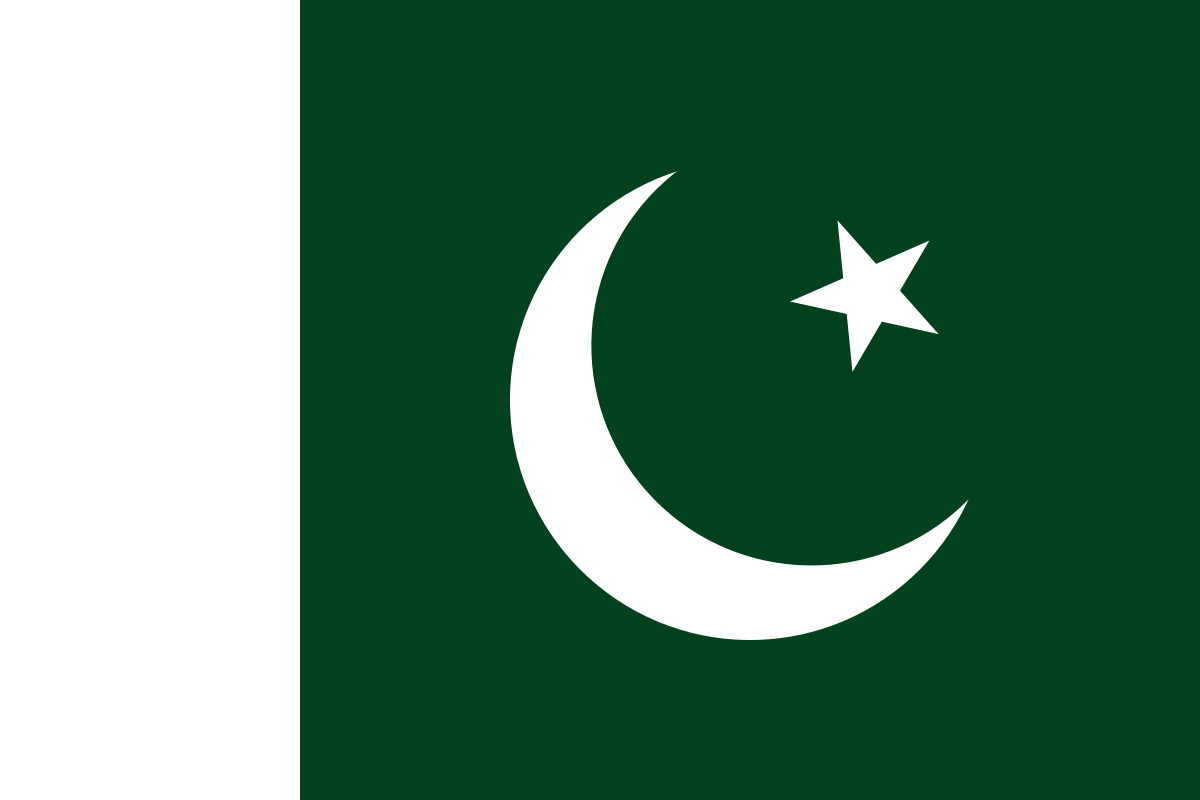Date first published: 19/05/2022
Key sectors: all
Key risks: default; currency collapse; government change
Risk development
On 10 April, Imran Khan was removed from the position of prime minister following a controversial no-confidence vote. Into his place stepped Shehbaz Sharif, the head of the PML-N, and the brother of ousted former prime minister Nawaz Sharif. Shehbaz runs a fragmented coalition government that isfacing serious political and economic challenges.
Why it matters
Pakistan is facing a serious economic and political crisis. While unlikely, a Sri Lankan style crisis is no longer unimaginable. Much will depend on what the government choses to do, although it has achieved little during its first month and may be constrained in its ability to act in the months to come.
Background
Shehbaz’s government is in a difficult position. Part of the impetus for Imran Khan’s removal was the faltering economy. In the month since his exit from power, the situation has only become worse. The Pakistani Rupee has fallen to an all-time low, increasing inflationary pressures to well over 12 per cent. Debt continues to rise, with yields demanded on six-month government bonds hitting 15 per cent, 275 basis points above the discount rate. Growth has been hit, with even China reticent to continue funding major projects in the country due to security concerns.
A spokesman from the new government indicated that external financing needs for next year are estimated to be around US$30 billion, compared to the current fiscal year’s requirement of around US$9 billion – $6 billion for the current account gap and $3 billion for debt repayments. High commodity prices mean that the current account deficit is unlikely to significantly narrow, which implies that Islamabad will need to attract external financing to prevent an FX and debt crisis.
Shehbaz’s government has tried to restart talks with the IMF. IMF funding could provide up to US$3bln directly in the short term and unlock billions more in the longer term. However, funding appears to be conditional on austerity – and in particular, rolling back fuel subsidies implemented by Imran Khan. This would harm living standards – and, in turn present other challenges for the government.
Pakistan’s economic difficulties are magnified by the composition of the current government. While opposition parties were willing to unify in order to remove Khan, they remain fragmented. The PML-N and PPP, the two largest parties in the coalition, are traditional enemies and the MQM, another major party in the coalition, has historically campaigned on its opposition to the PPP in the province of Sindh. With the coalition commanding only 172 of 342 seats in the National Assembly, any defection could cause it to collapse. And even if the coalition does not collapse, elections will need to be held by August 2023 – when coalition members will compete against each other for seats.
At least as important is continued agitation from Imran Khan. Khan has demanded an early election, called on the supporters of his Pakistan Tehreek-e-Insaf party to march in opposition to the government, and continues to claim that his removal was due to US influence. Within government there are concerns that Khan’s support could continue to grow if it fails to mitigate the economic crisis.
Risk outlook
The government is currently locked in talks with the IMF. Despite the political risks, it is likely to come to an agreement to cut spending in exchange for support, with coalition members set to agree to avoid an early election. However, any agreement is likely to increase opposition to the government and empower Imran Khan – and potentially catapult him back into government in just over a year.



